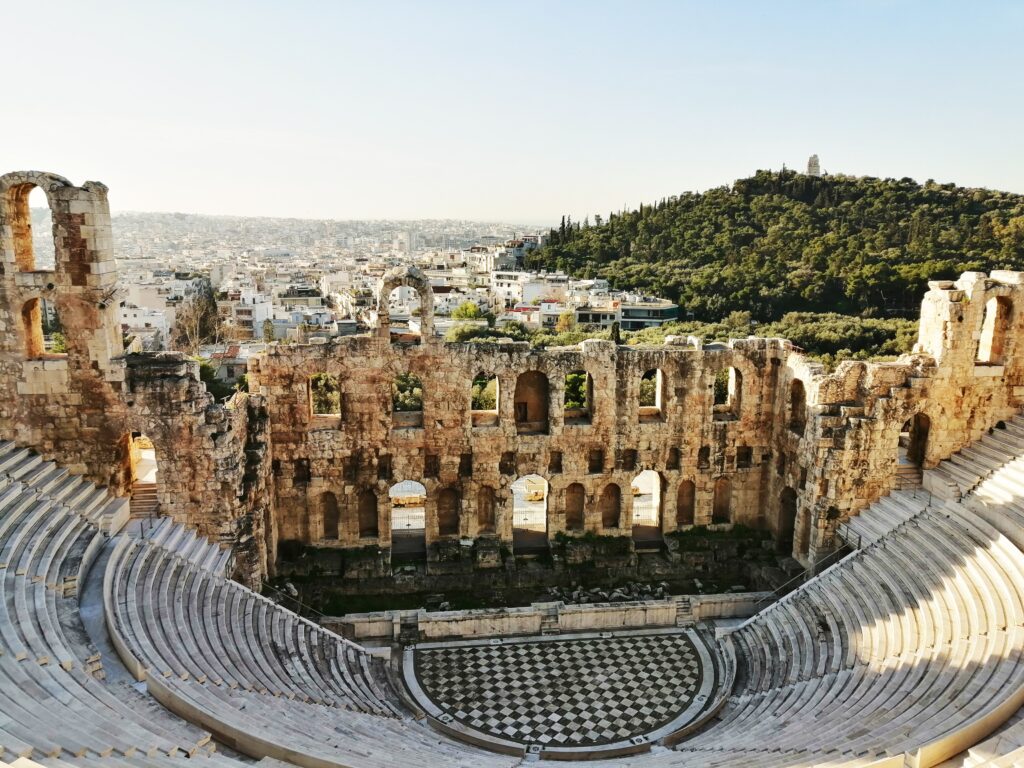Just as the history of a culture is EVERYTHING that ever happened to and within the group experience of that culture, cultural memory is the shared perception of that “EVERYTHING”. We are all individuals, yet we somehow share some common reality with those within our cultural group.
The magnificence of the concept of culture is that it comprises at least three particular factors. It is all inclusive – despite our instinct to limit our view of certain individualized preferred parts of our cultural experience. The complete truth is that the immersion and the partaking in a specific cultural group means we are part of some amorphous whole. The cultural truth is that the entirety of a culture is what it truly is – not simply a selected part of it.
Secondly, the beauty of a culture is its organic nature. It has given birth to all the verbal and non-verbal communication in a specific cultural group. It is the wellspring of unique cultural concepts, priorities, and behaviors. Despite some appearances, it continues to evolve and sometimes in very unexpected directions. The double-edged aspect of cultural beauty includes both the successes and traumas of the cultural group.
Thirdly – what most refer to as diversity – cultural uniqueness means that each cultural group has intrinsic value for its contribution to the entire experience and progression of the human species. The human species is literally the collective sum of all thousands of cultures inhabiting all corners of the Earth. The outward expression of a specific culture is the way it communicates. Communication in itself is a complex area of human activity. As we all know, learning another language – learning a new way to communicate – can show us how different and difficult this new communication perspective is. But it also grants us a glimpse at an alternative “foreign” communication that stretches the boundaries of human capability. This other culturally based reality shows us that the human race has an immense collective capability of forming groups that have a shared unique group experience. Some call this the anti-globalization political force and philosophy of nationalism.
Where can examining cultural memory lead us? Well, we could compare our quest with getting to know a complex individual. At what level do we want to understand the person under question? And what specifically do we want to know about their experience? Is it even possible to fully “understand” a culture?
The answer to those questions can be precise or never-ending. That is what makes investigating, analyzing and understanding a single person a challenge. Investigating, analyzing and understanding a culture in its entirety may seem impossible.
Cutlural memory, then, is a selective glimpse into some aspect of a target culture’s collective experience. What we focus on is often some diverse aspect of this culture that makes it unique – which is the thing that makes that culture interesting to us in some way. If we look at a cultural group from a cultural psychological point of view, then its collective behavior can be better understood and at a deeper “subconscious” level. Why bother? To be able to associate and predict some potential collective behaviors. Of course, while steering clear of stereotyping.
What is CoT…the Culture of Things?
This leaves us here with some food for thought to be described and discussed in more detail at a time in the future. If cultural memory is “everything” effecting a cultural group, the cultural concept here “the Culture of Things” is “everything” that all cultures share. It is the cultural sum greater than the parts; it is the cultural atmosphere all humans exist within. The proposed theoretical model below begins this investigation into CoT.


